

| gnupwing (parawing) |
|
| surface |
30.17 m2 |
| span |
9.56 m |
| wing wheight |
3 kg |
| glide ratio |
2.5+ |
| fabric |
Nylon ristop 44gr/m2 |
| lines |
kevlar 2mm |
# 1. General considerations
# 2. Map plant of the sail
with its anchorages
# 3. Tables
of basic geometry and length of lines
# 4. Coments
# 5. Materials
The gnupwing is a hybrid wing among parachutes and
paraglide, designed by the flight of planeig. He is not a paraglide, then does not
have drawers, and is from simple surface (being a type of "paraglide of simple surface"). He is based directly in the "Parawing" design, developed by the engineer of
the NASA
Francis Rogallo, considerate
one of the precursors of the delta wing and also of the paraglide,
towards mid the sixties. And it follows the same philosophy of flight of the "Sailwing" of David Barish, although the Sailwing was quite a lot more evolved that the Parawing-gnupwing.
2. Map plant of the sail with its anchorages
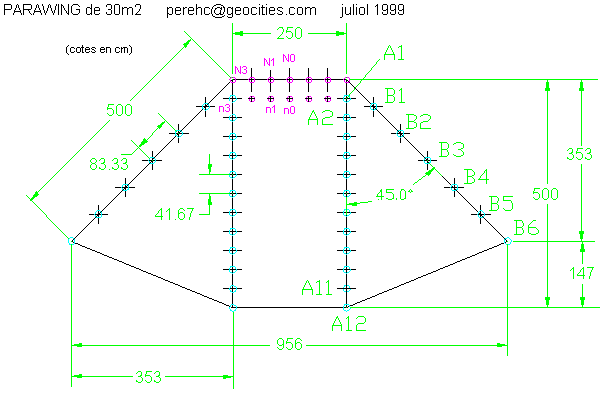
3. Tables of basic geometry and length of lines.
Basic geometry of the wing:
| Keel triangle | 625 | cm |
| Surface |
30,178 | m2 |
| 0,8Keel | 500 | cm |
| 1,53Keel | 956 | cm |
| step_keel | 41,667 | cm |
| step_b.a. | 83,333 | cm |
Points of anchorage and length of
suspension
lines:
(Some
lengths still in study)
|
|
|
|
| N3 |
0 |
582,1 |
|
|
|
- |
|
|
|
|
|
|
|
|
|
|
|
|
|
|
|
|
|
|
|
|
|
|
|
|
|
|
|
|
|
|
|
|
|
|
|
|
|
|
|
|
|
|
|
|
|
|
|
|
|
|
|
|
|
|
|
|
|
|
|
|
|
|
|
|
|
|
|
|
|
|
|
|
The lines of brakes
and a control of the wing they can be a simple V anchored in B6 and
A12. Pulling in
to the brake, the wing wins stability and the nose less trend to
fold. It is necessary to study experimentally one stopped more precise.
The gnupwing will be equipped with two conventional bands for side. The
bands of behind can pick up B6-B5-B4-A12-A11-A10-A9-A8 and the front
part the rest. The bands fix with musketoons with surely in one it ate
conventional of paraglide.
Some details of manufacture.
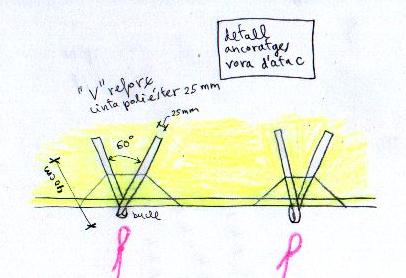
Anchorages and reinforcements near leading edge
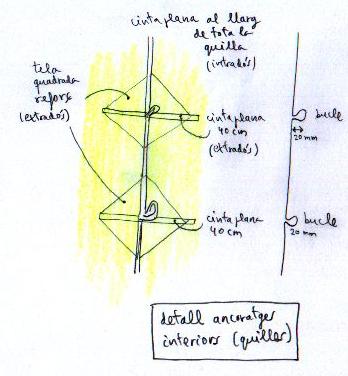
Anchorages and reinforcements to central keels
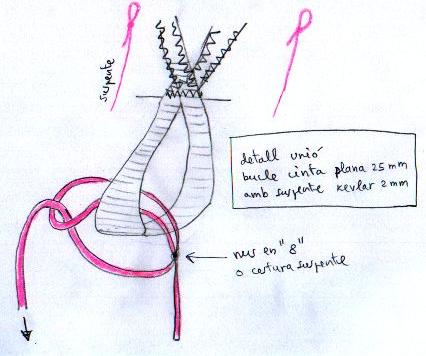
Anchorage type line-ribbon
Pictures
of the first essays of the gnupwing:
Photos: Xavier
Moreno Tests: Pere H. Casellas
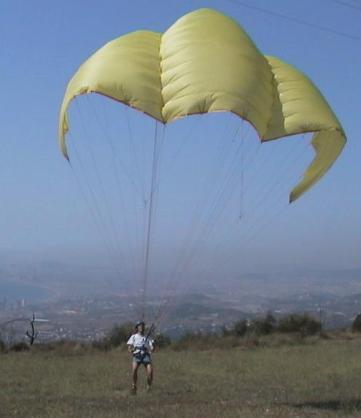
Photo 1: Control of the wing stabilized above, prepared to
giving ourselves the turn,
running, and... the same as a paraglide. It is necessary to correct the
incidence
general of the wing.
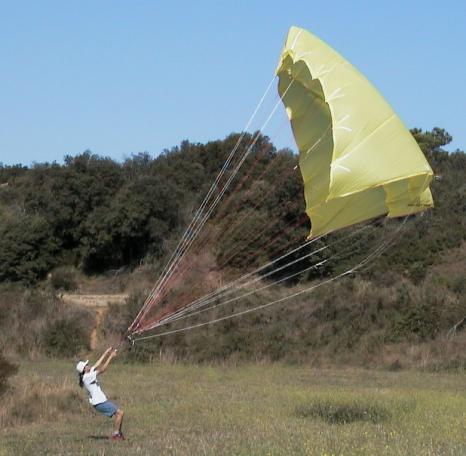
Photo 2: Pre-inflated of the wing. Even with little wind it rises well, since it weighs very
little.
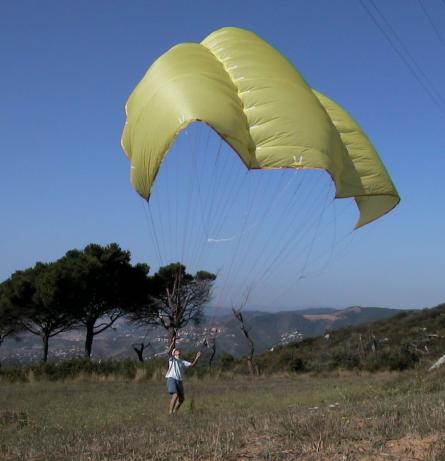
Photo 3: Another prospect of the wing and its facility to
inflate.
The prototype núm.1 has been extensively a tested, concluding the
following faults:
As solutions it is proposed:
- Increasing the area for 45-50 m2! and improving the line design
- Designing a model of 5 lobules type "sailwing"
Links:
-------------------------------------------------
Web atractors and google suggestions:
Paracommander
Delta II para wing
Rogolo wing Pioneer
Parawing
Barish Sailwing
Para-foil
Volplane
Paraplane
Paradactyl
Thunderbow
Kone
Kohnke